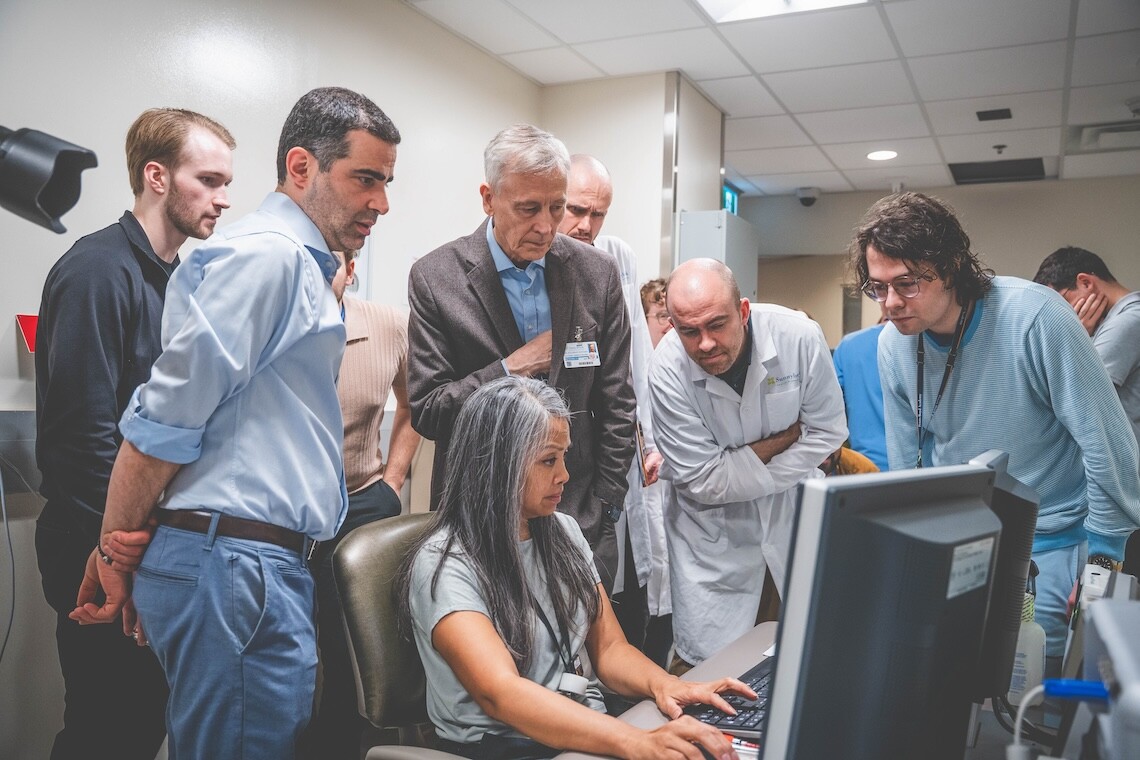Main Second Level Navigation
May 13, 2025
Canadian innovation enhances drug access to brain areas affected by ALS

Sunnybrook Research Institute
The research team comprised of neurosurgeons, physicists from the focused ultrasound lab, ALS clinician-researchers, imaging research technicians, and anesthesiologist.